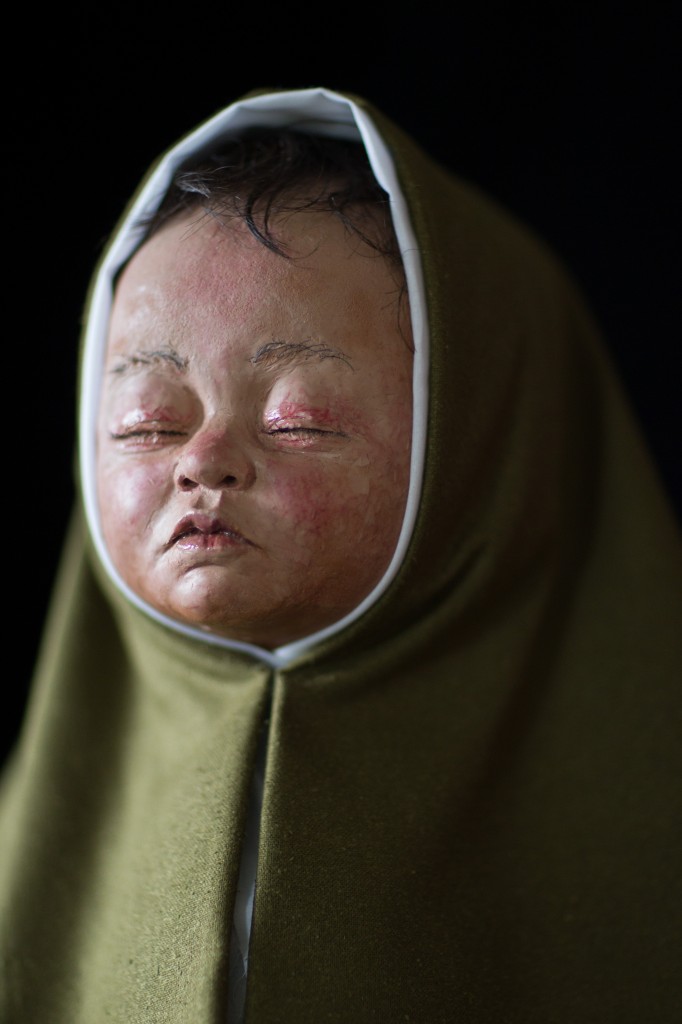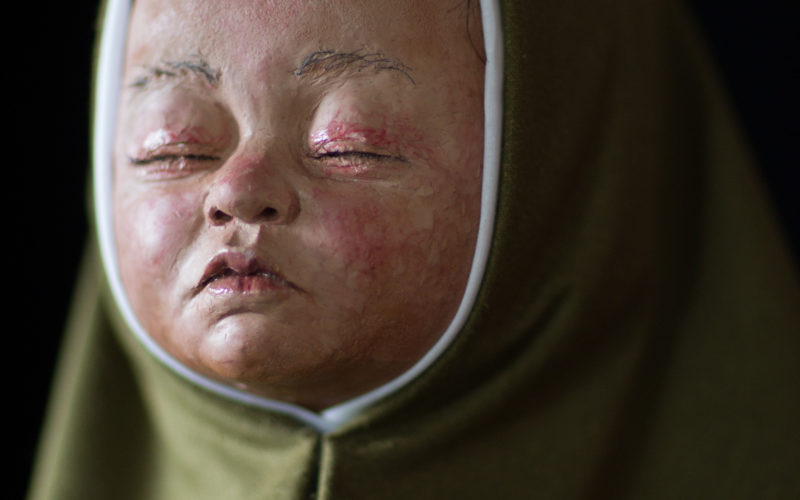Archaeologists made a shocking discovery while excavating an ancient village in Israel – the skeletal remains of a tiny infant stored inside a clay jar. Six millennia ago, someone carefully buried this child under the foundations of a house – but why? Did a grieving mother decide to keep close at hand a child lost too soon? Or was this innocent sacrificed to appease the gods? Was the Biblical Abraham stopped as he was sacrificing Isaac precisely so as to avoid this kind of ritual? In this episode of Lost Faces of the Bible/Biblical Forensics: Real Faces of the Bible our team of archaeologists, scholars and forensic anthropologists explore humanity’s long history of sacrifice. All the while they gather information to help our forensic artists reveal the face of this unfortunate child. By the end, for the first time, we come face to face with a sacrificed infant from Biblical times.

There’s another interesting angle to this story. According to the Talmud (Sanhedrin 101b – http://www.come-and-hear.com/sanhedrin/sanhedrin_101.html#101b_16), at the time of the Biblical Exodus, Pharaoh decreed that the slaves bury their children alive in the walls of their homes. Moses saves one of these children, an infant named Micah, who later turns out to be an idolater. In this strange story, God goes along with the Egyptian decree. On one level this story does not make any sense. Why would the Israelites bury their infants alive in the walls of their homes? Why would Pharaoh decree this? This was not an Egyptian practice. Why would God condone such a cruel decree? On the other hand, if the Exodus took place during the so called “Hyksos” period, as I have maintained, the story makes sense. During this period, lower Egypt was dominated by people that scholars now call “Hyksos”, meaning, semites from the area of Canaan. In this episode, we see this ritual in a Canaanite setting i.e., a child found in a clay pot possibly buried alive and interred under the floor of the house. Put differently, the child found in a clay pot under the floor of a house in Canaan and the Talmudic story of a child plastered into the wall of a house in Egypt, are very similar. This demonstrates that the Talmud has a memory of Canaanites in Egypt at the time of the Exodus. In other words, this is more archaeological proof for the so-called Hyksos period as the historical setting for the Biblical Exodus.
HOT OFF THE PRESS: to purchase copies of the series ‘Lost Faces of the Bible’ contact Associated Producers at: general@apltd.ca


